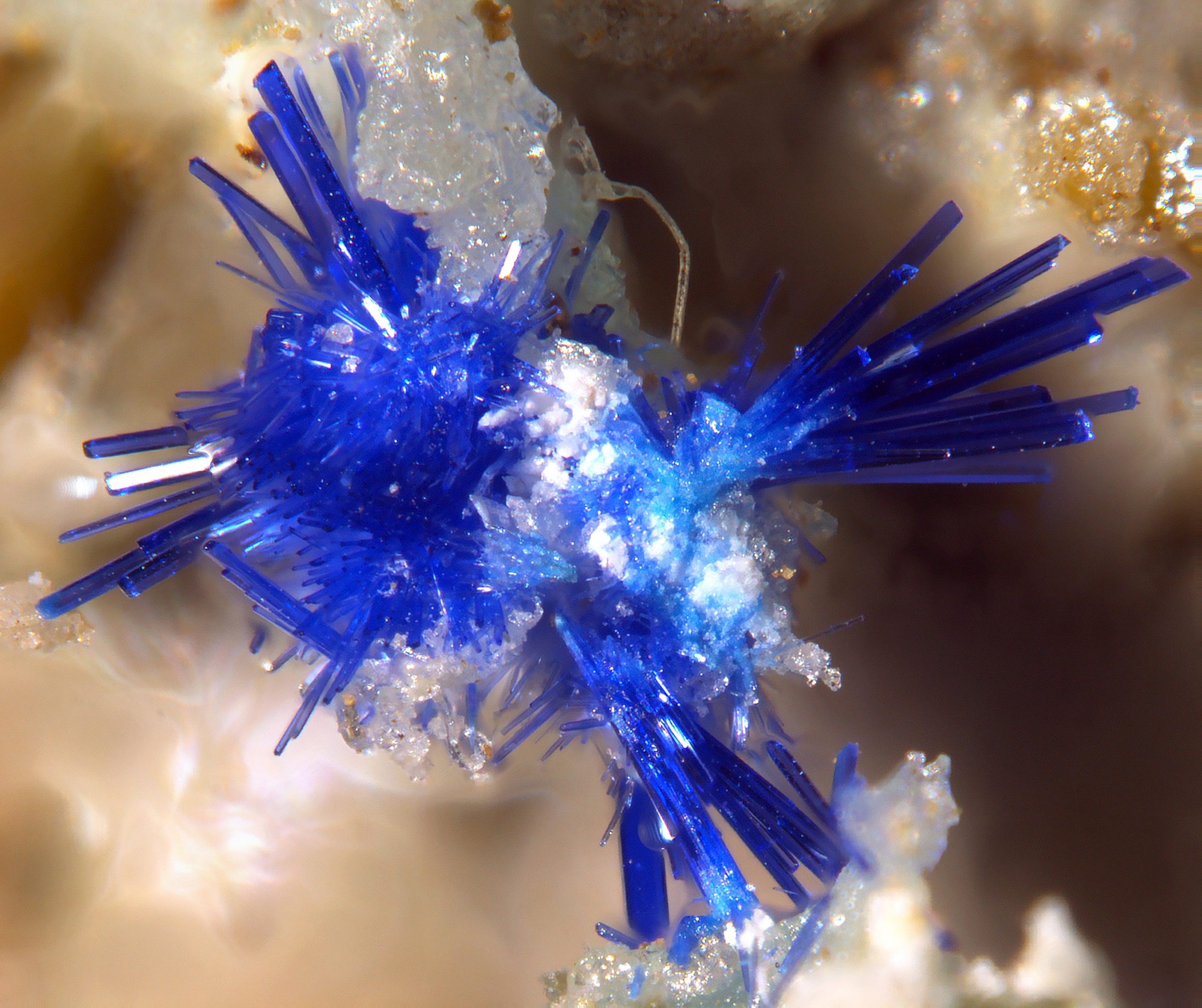I’ve been toting around 27 pounds of carbon all of my adult life. You’ve been hauling carbon too: Approximately 18 percent of your body is made of carbon atoms. All of those atoms were once in the food we ate and, before that, in the air, oceans, rocks, and other forms of life. Carbon, an element born of exploding stars, is essential for all forms of life and so it may be surprising that more than 90 percent of planet’s carbon is underground.
Even more remarkable is the discovery that life, in the form of microbes and bacteria, thrives miles beneath our feet in such abundance that its total carbon mass is up to 400 times greater than all 7.7 billion of the humans on the surface. That one of Earth’s largest ecosystems lies deep inside the planet is just one of the many discoveries from the decade-long Deep Carbon Observatory (DCO) project that brought together 1,200 researchers from 55 nations to explore the internal workings of our planet.
The DCO wraps up in Washington, D.C. on October 24 to 26 with hundreds of scientists from around the world meeting to share and celebrate results.
“We now understand that the Earth’s biosphere and its geosphere are one integrated and complex system, and carbon is the key,” says DCO Executive Director Robert Hazen of the Carnegie Institution for Science. “This is a fundamentally new way of thinking about our planet,” Hazen says in an interview.
Over the last decade the DCO launched 268 projects and produced 1,400 peer-reviewed studies. Here are few highlights from the dozens if not hundreds of astonishing new discoveries about the deep Earth, including its role in kickstarting life.
Carbon In, Carbon Out
Carbon from plants and animals goes deep into the earth through the process of subduction—when oceanic plates sink below continental plates—over hundreds of millions of years. This once-living carbon has been discovered inside diamonds that formed 410 to 660 kilometers below the surface. Given enough time, that carbon, in the form of diamonds, rocks, or as carbon dioxide emissions emitted from volcanoes, returns to the surface, where the sun shines on it once more.
In other words, just like us, our planet is constantly ingesting and exhaling carbon, often in the form of carbon dioxide (CO2). This once-stable carbon cycle has been disrupted by our acceleration of the return of carbon to the surface by digging up and burning massive amounts of hydrocarbons: oil, gas, and coal. At the same time cutting down forests, building cities and roads, and otherwise transforming the surface has impaired the planet’s ability to ingest carbon.
This disruption of the carbon cycle is what we are calling the climate crisis, says Hazen.

“Climate change poses an existential threat to humanity, not in the far future but in the next generation or two,” he says.
In the next 20 to 40 years CO2 emissions from fossil fuels have to be eliminated and large amounts of CO2 already in the atmosphere need to be removed to prevent very dangerous levels of global warming.
However, new knowledge about the deep carbon cycle revealed by the DCO gives Hazen hope. There are natural carbon sequestration methods that are “incredibly powerful,” he says.
Watching rock grow
One of these sequestration methods involves a large slab of rock pushed up from Earth's upper mantle long ago in what’s now the country of Oman. Known as the Samail Ophiolite, weathering and microbial life inside the rock take carbon dioxide out of the air and turns it into carbonate minerals.
The process is so effective that “you can actually watch carbon dioxide being sucked out of the atmosphere and being deposited as rocks before your very eyes,” says Hazan.
Experiments pumping carbon-rich fluids into the ophiolite rock formation show that carbonate minerals form very rapidly. That could potentially remove billions of tons of CO2 from the atmosphere, though it would be a huge project and very different for Oman, which is dependent on its oil revenues, he says.
Ophiolites are also found in North America, Africa, and elsewhere. Another natural form of carbon sequestration involves rocks from basalt formations like those found in Hawaii that can absorb CO2 from the air when crushed. In Iceland, another DCO natural sequestration project, CarbFix, involves injecting carbon-bearing fluids into basalt and observing their conversion to solids.
These new discoveries about the ability of the Earth to absorb carbon “give me tremendous optimism,” Hazen says.
Insight into alien life
The DCO has also boosted optimism about the possibilities of life on other planets. Pure diamonds are made of nothing but carbon, but most contain small impurities. They may make poor jewelry, but they’re priceless in research. These impurities, called inclusions, have revealed "abiotic" methane as an energy source for life deep side Earth.
When water meets the ubiquitous mineral olivine under intense pressure, the rock transforms into another mineral, serpentine, while producing abiotic methane. If microbes can live using chemical energy from rocks under a range of extreme heat and pressures so deep, that may hold true on other planetary bodies.
The discovery also fuels the proposition that life first originated and evolved in the deep earth, not in oceans as widely believed.
“The Deep Carbon Observatory has produced important evidence” for this hypothesis, says Jesse Ausubel of The Rockefeller University and science advisor to the Alfred P. Sloan Foundation.
Diamonds also provided DCO researchers with evidence that the deep earth has more water—mostly locked up within the crystals of minerals as ions rather than liquid water—than all of the world's oceans. As with carbon, subduction of the great continental and oceanic plates are thought to have brought water into the depths of the planet.
Earth's alarms
DCO projects monitoring gases coming from volcanoes resulted in the first-ever detection of a change in the ratio of CO2 to sulphur dioxide (SO2) emissions prior to the eruption of a Costa Rica volcano, offering a potential early warning system.
“It was just a theory that the gas ratio might change before an eruption, but the DCO allowed us to go and find out,” said Sami Mikhail of the University of St Andrews. “This could be like a doorbell, telling us when someone is at the door.”
Several volcanoes near populated areas, including Tungurahua, Ecuador, Etna, Italy, and Soufriere Hills, Montserrat are now being monitored. Those and other volcano monitoring stations have also provided definitive evidence that CO2 emissions from volcanoes are a tiny fraction compared to those from burning fossil fuels. Some climate deniers have long blamed volcanoes for the rise in CO2 concentration in the atmosphere.
Future of the DCO
While the DCO mandate has ended, the global community of deep carbon scientists will continue to pursue existing and new investigations with the support of grants from NASA, the National Science Foundation, the German Research Foundation, the Canadian Institute for Advanced Research, and other institutions.
The Institut du Physique de Globe du Paris will serve as a new headquarters.









